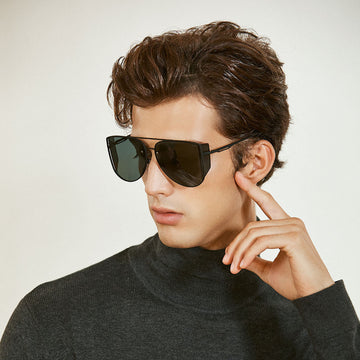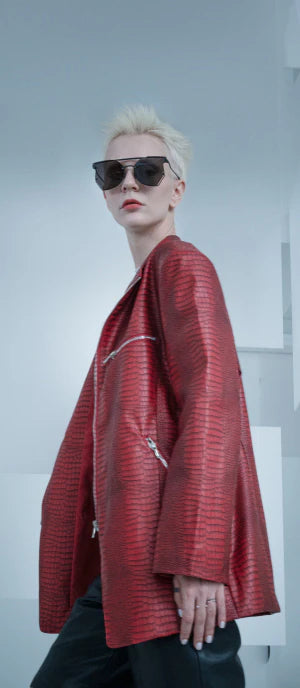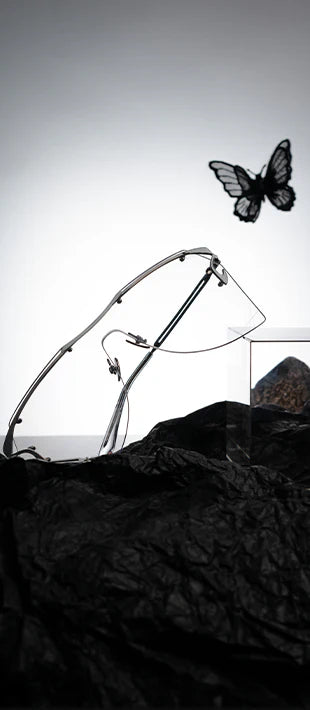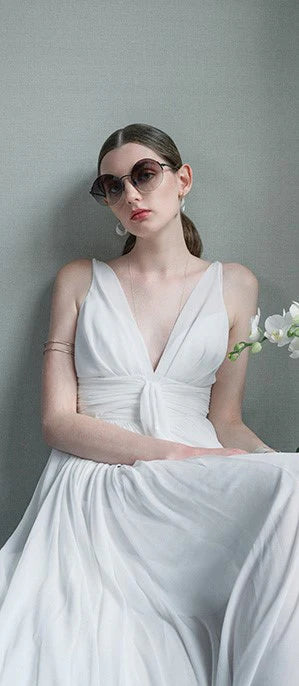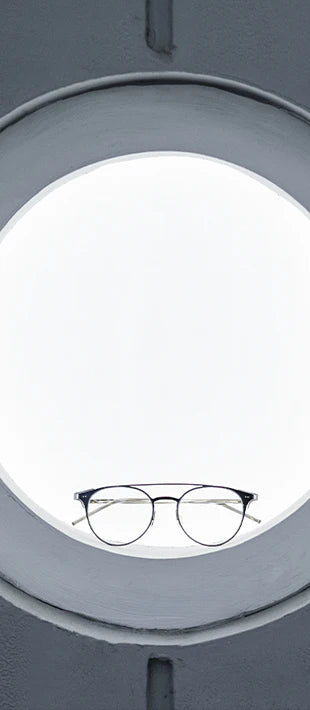In the industry for many years, I have witnessed the subtle changes of the eyeglasses from the visual aids to avant-grade accessories. The major fashion brands, as the important driving force, constantly release various optics or sunglasses in recent years. So that the plastic frame material becomes mainstream, while the metal material seems less valued.

Lenses in these first eyeglasses were made from quartz or rock crystal and produced by gold craftsmen in 1000 AD. The European monks used the quartz lenses to form a magnified image for reading copy manuscripts. A few years later, the first eyeglasses were made in Northern Italy; by about 1290, the lenses were set in metal, often shaped like two small magnifying glasses with handles riveted together, typically in an inverted V shape that could be balanced on the bridge of the nose. Spectacles became common after the invention of the printing press in the mid-1500’s. Printing with movable type meant even the common people could afford books and marked the beginning of the widespread need to correct vision with eyeglasses.
The wood frames with less durability were replaced by metal and tortoise, even non-metallic material (acetic acid, epoxy resins, etc.—all kinds of plastic frames) and metal alloy (monel, titanium alloy) in modern times. After years of development, people tend to think of eyeglasses as identity and fashion statements more than medical devices. The frames made of plastic feature a broad range of styles and colors and can be changed to suit wardrobes, fads, and moods, becoming increasingly popular.
The vintage plastic eyeglasses are welcomed by the pop star, becoming prevalent around the world; for example, Johnny Depp loves Tart Optical. In Asia, the Japanese know much about plastic frames. With Japanese influences, Chinese, Hong Kong, and Taiwanese actors such as Shawn Yue, Eddie Peng, Takeshi Kaneshiro, Bolin Chen, and Vanness Wu followed the trends. In recent years, Korean pop culture has driven the avant-garde bold and trendy frames.
Better, more flexible eyeglasses have been made through materials science and digital fabrication. The memory metal alloy frames are lighter and more durable than conventional metals, allowing them to be flexed, bent, or twisted and return to their original shape. Titanium, featuring strength, malleability, corrosion resistance, and being allergy-free, is an ideal material for creating durable glasses frames that are super strong and remain light on the face. The metal frames use more advanced technology than the acetate (acetic acid fiber). Eyewear brands such as Mykita and Lindberg have made their hot style with delicate and lightweight metal frames, which will become the leading trend again.
Browse MYTH Greece for your personal pair.


